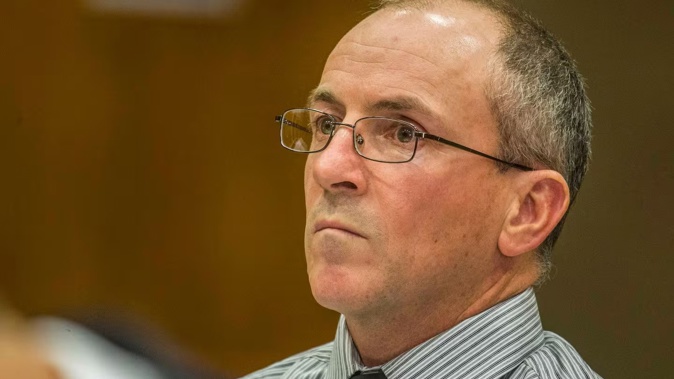

Double murderer Scott Watson’s legal team say the strength of the DNA evidence used to convict him was overstated at his trial.
Ten witnesses have given evidence at Watson’s Court of Appeal hearing in Wellington, where he’s seeking to overturn his convictions for the murders of Hope and her friend Ben Smart.
Hope, 17, and Smart, 21, were last seen getting out of a water taxi and onto a yacht moored in Endeavour Inlet in the Marlborough Sounds on New Year’s Day in 1998. Their bodies and possessions have never been found.
After they vanished two strands of hair - one 15cm long and the other 25cm - were purportedly found on a blanket taken from Watson’s boat, Blade.
The Crown then successfully argued at Watson’s original trial that the hairs were linked to Hope.
The Crown says the accuracy of the DNA test for the longer hair means there is strong support it came from Hope. But the DNA evidence for the shorter hair suggests it came from Hope or a maternal relative.
But Watson’s team dispute that, arguing the absence of a New Zealand DNA database means the methods used at trial to compare Hope’s DNA with one from an overseas database means it can’t be relied upon.
This morning Watson’s lawyer Kerry Cook questioned DNA expert Professor Mitchell Holland from the University of Pennsylvania, who gave evidence by AVL.
He said the analysis done by the original forensic scientist at the time supported the proposition that the hairs could have come from Hope, or a relative.
- Olivia Hope hair evidence challenged at Scott Watson appeal
- Scott Watson appeal: Controversial evidence relating to hair strands to be tested in court
- Scott Watson murder case appeal: What you need to know
- Scott Watson trial: Report argues witness accounts were 'unreliable'
Cook asked Mitchell if the fact the database didn’t represent the New Zealand population and the limitations of that should have been put to the jury.
“To be confident of the match probability and the match numbers that you’ve given, would the fact-finder (jury) be required to assume that mitochondrial DNA (which is inherited from the mother) are equally distributed in New Zealand ... and other geographic locations that have been used in the databases.”
“I think the term equal distribution is a term that’s somewhat absolute,” Mitchell said, adding it could end up inflating the rarity of the DNA. But he said he would be more concerned if the DNA sample came from someone in an isolated population group, rather than from someone in the general population.
Asked later what he meant by isolated population group, Mitchell said he was referring to a group that didn’t move or mate outside its group - citing the example of the Armish people in the United States.
Mitchell also told the court that mitochondrial DNA - which was used to link one of Olivia’s hairs on the blanket - provided strong circumstantial evidence, but it wasn’t a positive form of identification.
And he agreed with Cook that a suggestion by the Crown prosecutor at the trial that the scientific process led to the conclusion that the hairs were Hope’s was an “embellishment”.

Christchurch barrister Kerry Cook at the Scott Watson appeal. Photo / Mark Mitchell
Watson was convicted of double murder in September 1999 and sentenced to life imprisonment, with a minimum period of 17 years in jail. He has now spent 26 years behind bars, protesting his innocence.
The latest appeal is the result of a royal prerogative of mercy, applied for in 2017 and granted in 2020. The grounds for the appeal are twofold:
- The reliability of DNA evidence, specifically hairs that were thought to belong to Hope and were recovered from Watson’s boat.
- Mistakes by the police in using a photo montage as a means of identifying Watson. The montage contained a new photo that showed Watson caught halfway through a blink. This gave the appearance of hooded eyes, a characteristic of the mystery man’s description.
Watson is not attending the Court of Appeal hearing, which is before Justices Christine French, Patricia Courtney and Susan Thomas.
Today is the final day of hearing from witnesses before lawyers present their submissions to the court.
Catherine Hutton is an Open Justice reporter, based in Wellington. She has worked as a journalist for 20 years, including at the Waikato Times and RNZ. Most recently she was working as a media advisor at the Ministry of Justice.

Take your Radio, Podcasts and Music with you









